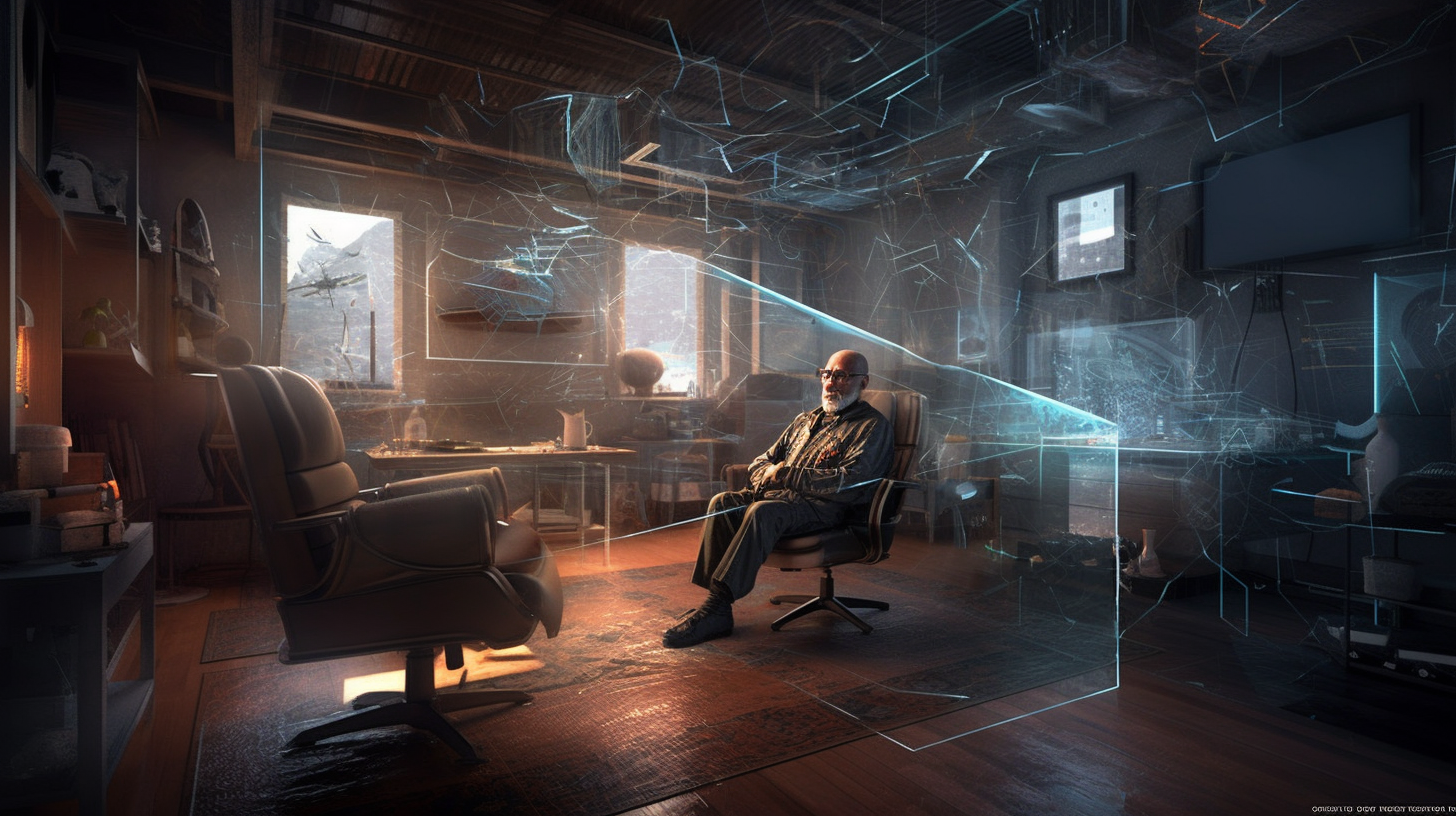Mastering the Mighty: Remote Access Technologies & Your CompTIA A+ Core 2 Test

Well, folks, if you're an aspiring tech whizz hoping to tackle the CompTIA A+ Core 2 exam (220-1102), you've come across the perfect blog post. Today, we're pulling back the curtain on one of the most intriguing and nifty aspects of the certification – mastering the art of using remote access technologies. Grip your seats! We're taking the plunge into this rabbit hole!
Setting the Stage: Remote Access Technologies
Before we dive deeper, we are going to clarify what we're discussing here. In uncomplicated terms, we use remote access technologies - software and tools - to connect with someone, or more accurately, something like a computer or network. It's like having a nifty extendable arm, letting you troubleshoot, maintain, and manage machines from an entirely different location. How cool is that!
Imagine you're chilling in your PJs, sipping on some hot cocoa and - bang! Out pops a network issue at your office across town. But, thanks to remote access technologies, instead of sprinting through traffic or racing against time, you can kick back, click a few buttons, and get things back on track. It's as smooth as a piece of cake!
The Remote Access Tool Chest
Now, if you're getting jiggy with the idea, wait till you hear this! There's an entire toolchest of technologies at your disposal. From VPNs and Remote Desktop Services (RDS) to Secure Shell (SSH) and reliable cloud services, we consider all these as part of the package. However, we're focusing today on a standout tool in our toolkit - the Remote Desktop Connection (RDC).
Drumroll Please: The Remote Desktop Connection
RDC is like the superstar of remote access technologies. It works like a charm, allowing you to control another PC as if you were sitting right in front of it. To add icing to the cake, it works over both local networks and the internet.
When you really get into it, you'll find operating RDC pretty straightforward. Just switch it on, enter the name or IP address of the system to which you're connecting, and bingo, you've made it! However, let its simplicity not mislead you. This madness does follow a certain method. Proficient use of RDC requires a keen understanding of network complexities, system compatibility, and protocol use, to name a few.
It's important to note that RDC isn't the only player in town - there's a whole slew of options like TeamViewer, VNC, or AnyDesk. However, RDC is a built-in feature in many Windows Operating Systems, making it a reliable rockstar.
Exam Scenario: Playing Remote Access Wizard
Now, let's talk turkey. What's a CompTIA A+ Core 2 exam scenario involving remote access technologies look like?
Picture this: You're given a situation where a fellow employee is battling a perplexing software issue, and you, as the resident tech magician, have been called for aid. The catch is, you're not in the office and neither can you get there in time. Sounds like quite the pickle, right? Wrong!
This is where your trusty RDC comes riding in. You'd be tasked with demonstrating your ability to configure and initiate a remote desktop session, troubleshoot any problems you encounter, and successfully resolve the issue. And voila, you save the day – all without leaving the comfort of your PJs!
But remember, as Spiderman's Uncle Ben wisely imparted, "with great power comes great responsibility." You must practice good security hygiene; making sure your sessions are secure and disconnecting correctly when you finish, matters just as much as solving the initial problem.
Conclusion: The Wizard in You
The scenario we've discussed barely scratches the surface of remote access technologies' potential in troubleshooting. There's a wealth of other examples, each one a fantastic opportunity to showcase your tech wizardry!
As you embark on your journey towards the CompTIA A+ Core 2 exam, keep in mind that mastering remote access technologies is more than just knowing the ins and outs of a tool. It's about embracing a new way of problem-solving, a more efficient and adaptable mindset. So, gear up, tech wizards, and take the bull by the horns. The world of remote access awaits!